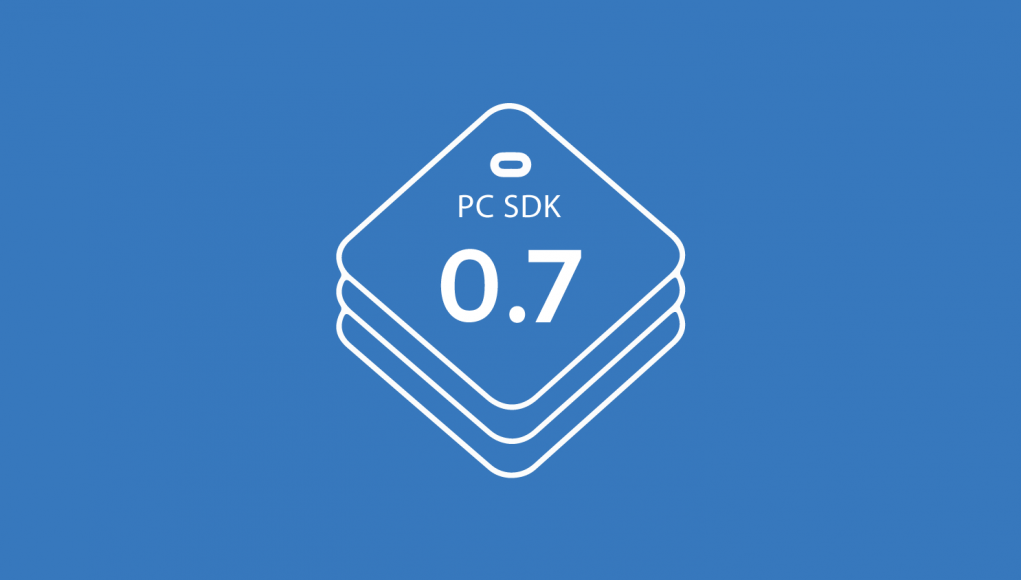Oculus’ recently released 0.7 SDK and Runtime Drivers were a significant step forward in technology for the company, offering up major enhancements for Rift users. AMD and NVIDIA have now both launched drivers which allow Rift developers and users alike to unlock ‘Direct Driver Mode’, a high performance, low latency way to render to the Oculus Rift headset.
In the last few months, we’ve seen some significant steps forward in tightening the pipeline from game to VR displays, with initiatives from both NVIDIA (Gameworks VR) and AMD (Liquid VR) offering developers ways to cut latency and increase performance significantly.
Now, Oculus has launched v0.7 desktop beta of it’s SDK and Runtime which finally does away with one of the biggest irritations for Rift owners and developers, abandoning both Extended modes, where Windows treated the Rift as a visible additional desktop monitor, in favour of a single ‘Direct Driver Mode’ for supported GPUs and drivers.
In theory this means that, for users running the following combination of software, VR should be a noticeably smoother, less latent experience from now on:
- Oculus SDK and Runtime 0.7 Beta and UP
- NVIDIA Driver Version 355.83 or later
- AMD Catalyst Display Driver Version 15.200.1062.1005 or later
For better or for worse, the new SDK and Runtime also brings the following notes:
- Applications built against SDKs prior to 0.6 will not work with the 0.7 runtime. Developers should recompile their applications using the 0.7 SDK.
- Preliminary support for Windows 10, which requires Direct Driver Mode. If you are using Windows 10, make sure to get the recommended drivers.
- Extended Mode is no longer supported. This means that users can no longer manage the Oculus Rift as an extended monitor, which will affect some games built against SDKs prior to 0.6.
- Standalone Mode (which uses the Oculus Rift as the only display device) is no longer supported.
- The runtime no longer supports the 32-bit versions of Windows. Although you will need to use a 64-bit version to operate the runtime, 32-bit applications will still work properly.
One of the biggest concerns for acceptance of virtual reality outside of the hardcore community is obviously user experience. These latest, significant SDK and drivers initiatives look to drastically reduce frustration of future ownership and operation of an Oculus Rift and improve performance to boot. That’s a pretty big deal.







